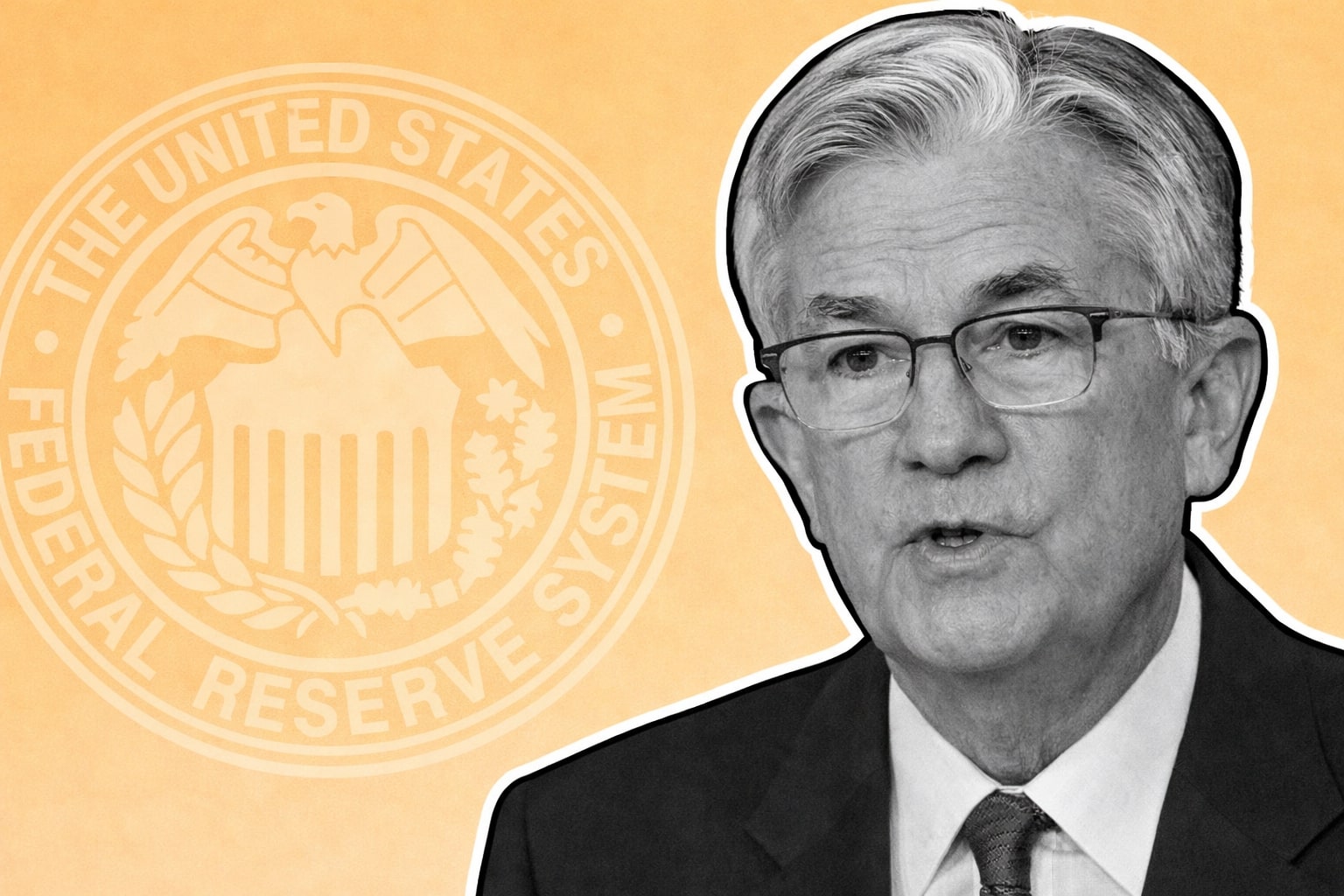
Bank of Japan's Monetary Policy and Global Factors Drive Japanese Yen Sell-Off
Yen Weakens as BoJ Maintains Loose Monetary Policy amid Diverging Central Bank Actions
The Japanese yen, one of the major currencies in the foreign exchange market, has been experiencing a sell-off as the Bank of Japan (BoJ) leaves its monetary policy unchanged. This move has sparked discussions among economists regarding the outlook for the yen.
The BoJ's decision to maintain its loose monetary policy conditions has contributed to the weakening trend of the yen. This comes as global investor risk sentiment improves, foreign exchange volatility decreases, and the monetary policy divergence between the BoJ and other major central banks widens.
The widening yield spreads between Japan and other countries, coupled with lower FX and interest rate volatility, have made yen-funded carry trades more attractive. As a result, the yen has become more undervalued, leading to its weakness against other currencies.
Following the BoJ's announcement, the Japanese yen slightly declined against the US dollar. This decision was in line with expectations, as the BoJ aims to support the ongoing economic recovery and achieve its inflation target sustainably.
BOJ Governor Kazuo Ueda has previously emphasized the central bank's commitment to maintaining its current policy, stating that there is still a way to go to achieve the 2% inflation target. However, the recent surge in Japan's core inflation to 3.4% in April, well above the BOJ's target, may lead to adjustments in the Yield Curve Control (YCC) policy.
It is anticipated that the BOJ's July 28 meeting will be crucial, as the removal of long-standing forward guidance during the April meeting suggests a more nimble approach in responding to economic activity and prices.
In terms of the yen's performance against other currencies, its weakness has been more pronounced against those whose central banks are in rate-hiking mode, such as the Reserve Bank of Australia (RBA), Bank of Canada (BOC), Bank of England (BOE), and European Central Bank (ECB). However, it has shown less weakness against central banks that have paused or indicated that rates are at a peak, like the US Federal Reserve (Fed) and Reserve Bank of New Zealand (RBNZ).
From a technical standpoint, the USD/JPY pair has been testing a strong resistance level, which includes the upper edge of a rising channel from early 2023 and the end-2022 high of 142.25. This resistance level may hinder an immediate breakthrough, but a break below the early-June low of 138.50 could ease upward pressure.
The broader bearish setup for the yen is reinforced by higher interest rates in the US, improving risk appetite, and recent rate hikes by the RBA and BOC. However, the yen's weakness against other currencies is more prominent in the context of rate-hiking central banks.
While the focus has been on the yen's performance, it is important to note that the US Federal Reserve has also played a significant role. The Fed's decision to keep interest rates unchanged indicates that the hiking cycle is not yet over. This, along with the resilience of the US economy and slower-than-expected moderation in inflation, could impact the yen's future trajectory.
Looking ahead, market participants are closely watching the Bank of Japan's meeting and whether it will maintain its ultra-loose monetary policy and yield-curve control. Governor Kazuo Ueda's reiterated commitment to maintaining the easy monetary policy suggests that the central bank will continue to support the ongoing economic recovery.
In conclusion, the Japanese yen's sell-off continues as the Bank of Japan keeps its monetary policy unchanged. The combination of factors such as improving global risk sentiment, monetary policy divergence, and lower volatility has contributed to the yen's weakness. However, the yen's performance varies against different currencies depending on their respective central bank policies. Technical analysis suggests potential resistance levels and the need for a breakthrough for sustained upward pressure. The broader bearish setup for the yen is influenced by factors like higher US interest rates and improving risk appetite. The upcoming Bank of Japan meeting and the actions of other central banks, particularly the US Federal Reserve, will be crucial in determining the yen's future path.
Read More
-
Pagaya Stock Price Forecast - PGY at $23.20: Is PGY Stock the Cheapest AI Fintech of 2026?
19.12.2025 · TradingNEWS ArchiveStocks
-
XRP Price Forecast: XRP-USD Stuck at $1.87 With $3 2026 Target and $10–$25 Long-Term Range
19.12.2025 · TradingNEWS ArchiveCrypto
-
Oil Price Forecast: WTI Near $56 and Brent at $60 Signal Risk Toward $50
19.12.2025 · TradingNEWS ArchiveCommodities
-
Stock Market Today: AI Chip Rally Lifts Nasdaq as $7.1T Quad Witching Hits
19.12.2025 · TradingNEWS ArchiveMarkets
-
GBP/USD Price Forecast - Pound at 1.34 As BoE Cut And Soft Dollar Keep Bullish Path Toward 1.35
19.12.2025 · TradingNEWS ArchiveForex


















